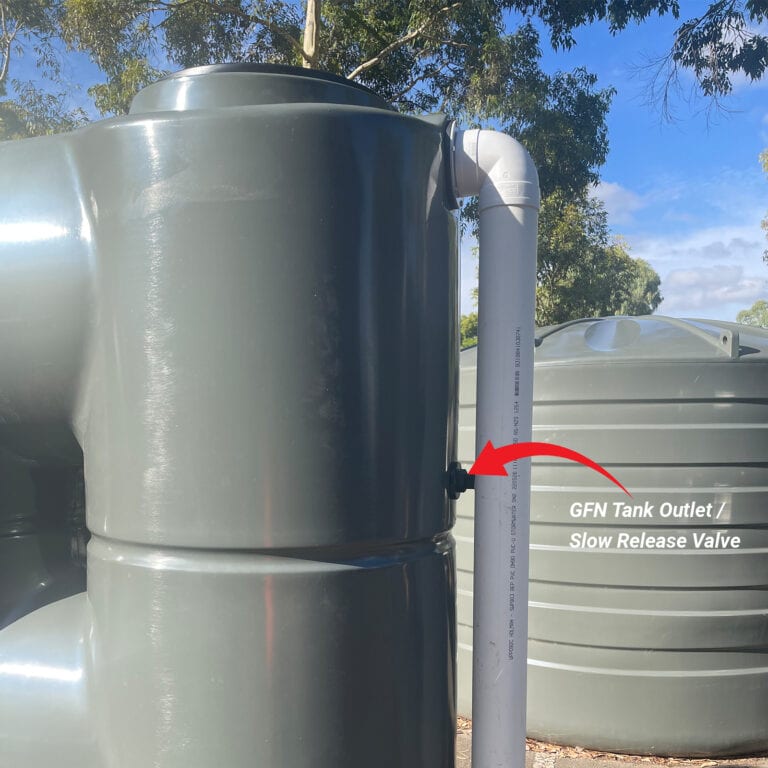Exactly How Slimline Water Tanks Enhance Your Home's Water Efficiency
Exactly How Slimline Water Tanks Enhance Your Home's Water Efficiency
Blog Article
Checking Out the Numerous Uses Rain Containers for Residential and Commercial Residences
As the global concentrate on sustainable living methods remains to heighten, the utilization of rain tanks in both domestic and business settings has actually become a pertinent option. These tanks use a tank for rain harvesting, providing a myriad of prospective applications that expand far past mere storage space. From watering to toilet flushing and landscape design, the convenience of rain containers is vast. Additionally, their assimilation right into commercial buildings opens a world of possibilities for environmentally mindful services. The complex uses of rainwater tanks provide a compelling situation for their fostering, not just as a sensible water-saving measure but also as a testament to accountable source administration.
Advantages of Making Use Of Rain Containers
Utilizing rain storage tanks provides numerous advantages for both homes and neighborhoods in regards to water preservation and sustainability. One of the vital benefits of using rain tanks is the substantial reduction in dependence on mains water supply - Slimline water tanks. By recording and storing rain for later use, people and communities can lower their demand for cured water, eventually reducing the problem on water treatment centers and reducing power usage connected with water transport and therapy
Furthermore, rain harvesting via tanks supplies a reliable different water source throughout times of water restrictions or scarcities. This kept rain can be utilized for different non-potable purposes such as irrigation, purging toilets, and cleaning clothes, lowering the strain on typical water sources. In addition, using rain tanks can lead to set you back savings for both families and communities by reducing water costs and decreasing the demand for expensive framework expansions to satisfy expanding water needs.
Basically, the utilization of rainwater storage tanks supplies a lasting and eco-friendly method to water administration, profiting both specific customers and the broader neighborhood in regards to water preservation, cost-efficiency, and strength.
Rain Tank Usage in Irrigation
Provided the benefits of rain tanks in conserving water sources and reducing reliance on mains water supply, a considerable application depends on utilizing saved rainwater for watering objectives - Slimline water tanks. Rain harvesting systems can effectively gather and save rainwater, offering a lasting water source for watering yards, yards, and agricultural areas. By utilizing rain for watering, building proprietors can reduce their dependence on treated water sources, bring about set you back financial savings and environmental benefits

Among the key advantages of utilizing rainwater for irrigation is its purity. Rain is normally soft and without the chemicals and ingredients usually located in keys water, making it suitable for nourishing plants without the risk of harmful results. Additionally, rainwater is at ambient temperature, which can profit plant growth by avoiding temperature shocks that can accompany cool keys water.
Rainwater Storage Tanks for Bathroom Flushing

Executing rainwater tanks for toilet flushing is a cost-effective and eco-friendly technique that can be conveniently incorporated into both household and industrial homes. The stored rain can be used to flush toilets by linking the tank to the existing pipes system. This easy yet reliable service can significantly reduce water consumption in a structure, particularly in locations where water scarcity is a worry.

Integrating Rain Containers in Landscape Design
An efficient strategy for improving sustainability in landscaping includes incorporating rain containers to maximize water usage and promote environment-friendly practices - Slimline water tanks. Incorporating rainwater storage tanks in landscaping uses countless advantages for both domestic and industrial buildings. These storage tanks can capture and store rainwater drainage from roof coverings, which can after that be used for watering gardens, lawns, and plants. By utilizing rainwater for watering objectives, homeowner can reduce their dependence on metropolitan water resources, bring about cost financial savings and conservation of priceless water sources.
Along with supplying a lasting water source for landscape internet design needs, rainwater containers can also assist in taking care of stormwater drainage. By capturing rainwater check my blog that would otherwise move into storm drains, these containers can reduce erosion, lower flooding threats, and stop contamination of natural water bodies. Integrating rain containers in landscaping can add to the overall visual allure of the residential or commercial property, showcasing a commitment to environmental stewardship.
Industrial Applications of Rain Containers
Using rain tanks in industrial settings offers a sustainable option for water management and conservation, benefiting services and the setting alike. Commercial applications of rainwater containers vary and significantly prominent because of the price financial savings and environmental benefits they give. One key industrial usage is for irrigation objectives, where collected rain can be utilized to water landscaping, yards, and farming areas bordering industrial residential properties. This can cause considerable decreases in water costs and dependence on community water sources.
Furthermore, rainwater gathered in containers can be dealt with and utilized for non-potable objectives within commercial buildings, such as flushing commodes, cleaning, and look at these guys cooling down systems. Overall, the incorporation of rain tanks in industrial settings provides a functional and eco accountable method to water management.
Conclusion
To conclude, rainwater containers provide numerous advantages for both residential and industrial properties. From irrigation to commode flushing and landscape design, making use of rain storage tanks can help preserve water resources and lower water bills. Additionally, incorporating rain storage tanks in commercial settings can result in considerable expense savings and ecological benefits. Overall, the adaptability and sustainability of rain tanks make them a beneficial investment for any kind of residential property owner aiming to increase water performance.
Report this page